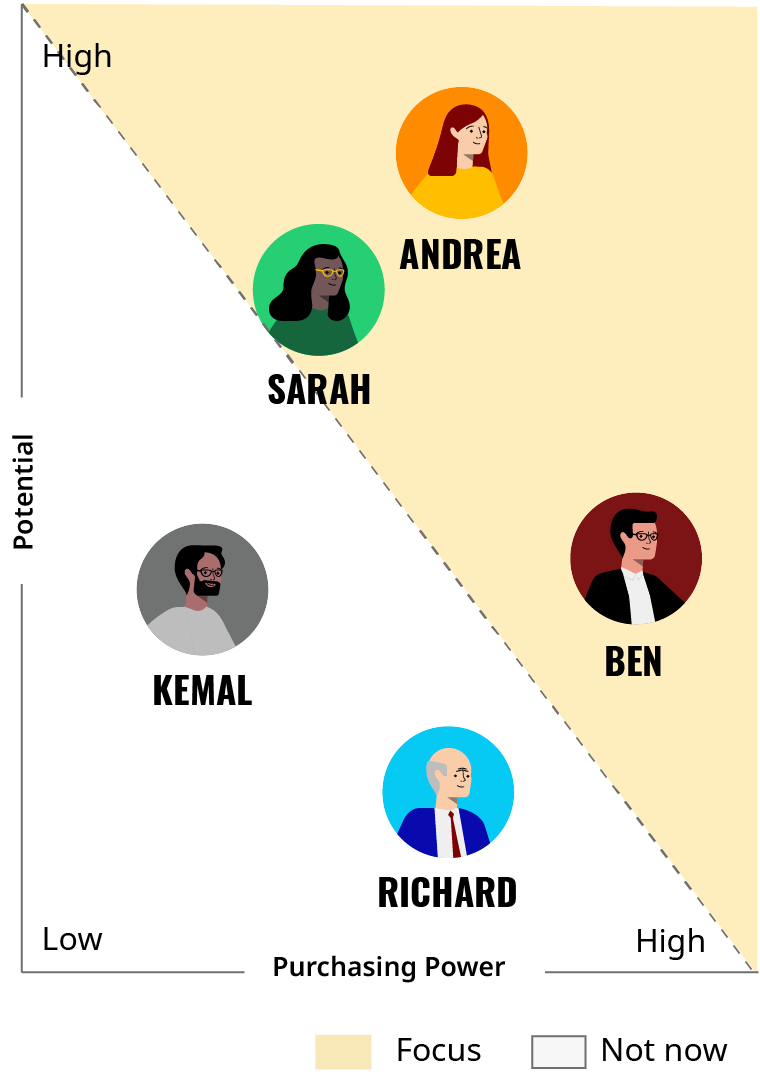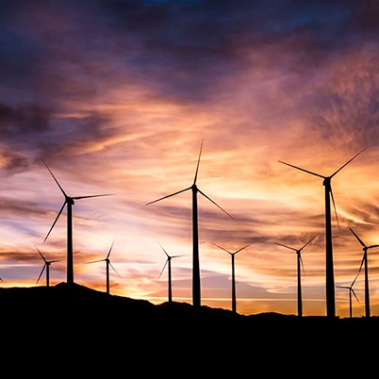The awareness for the reduction of carbon emissions in fighting global warming has recently been on the rise in politics and societies. Besides industrial and transportation being the highest emitting sectors the residential sector also accounts for a significant share of greenhouse gas emissions. Globally, the residential sector accounts for 27% of total energy consumption and for 17% of carbon emissions. Emission from private households is substantially driven by energy consumption and can be divided into three main areas - living, mobility and food. Opportunities to reduce the personal carbon footprint arise in all three areas.
Research
There are various options for private households to reduce their carbon footprint and in many of them utilities can play a key role enabling customers to actually achieve those savings. For utilities the main question to shape their portfolio is, what products and services private customers are interested in and for which they would be willing to pay a premium. To examine these questions we conducted an online survey with 1.000 participants in the German market to test the private customers’ interest in different services and products that help to reduce their private carbon footprint. Overall the results show high relevance of the tested products and services with an average 58% of the participants indicating a high or very high interest.
Meet the Personas
The individual reduction potential depends on the current footprint, the willingness to reduce emissions and the purchasing power to put this willingness into action. To reflect these requirements private consumers need to be segmented by characteristics like age, living situation, habits as well as an assessment of price sensitivity and importance of sustainability. Applying such a clustering to the German population allows to differentiate five persona groups representing different parts of the population: Sarah, Ben, Andrea, Kamal and Richard. Each persona group has a different carbon footprint where the span ranges from
~ 8 t per year for Andrea to ~ 27 t per year for Ben.
Interviews
Key Findings
Overall the results show high relevance of the tested products and services with an average 58% of the participants indicating a high or very high interest. On average there is not only interest, but also willingness to pay for carbon reduction offerings among respondents. By implementing the tested offerings utilities can help private customers to achieve a significant reduction of their carbon footprint. There are various approaches to ensure the realization of the existing potential like campaigns to raise private customers awareness for the need to reduce their carbon footprint in fighting global warming. Besides governments and environmental organizations these approaches can also be led by utilities themselves. Overall utilities are well positioned to support private customers throughout their carbon reduction journey and with the right sales proposition can build profitable business cases from sustainable offerings.









